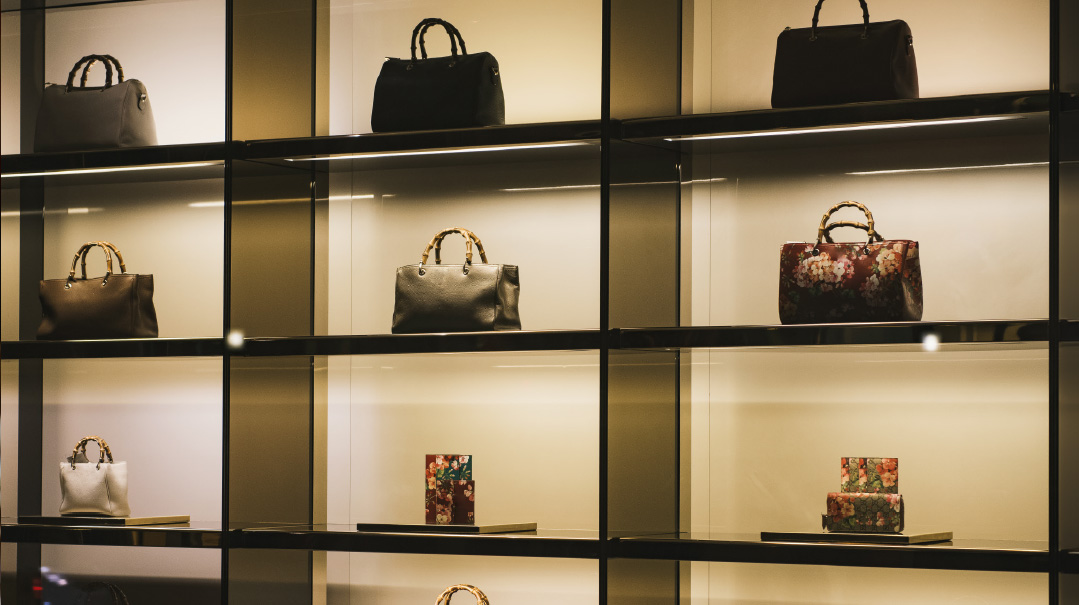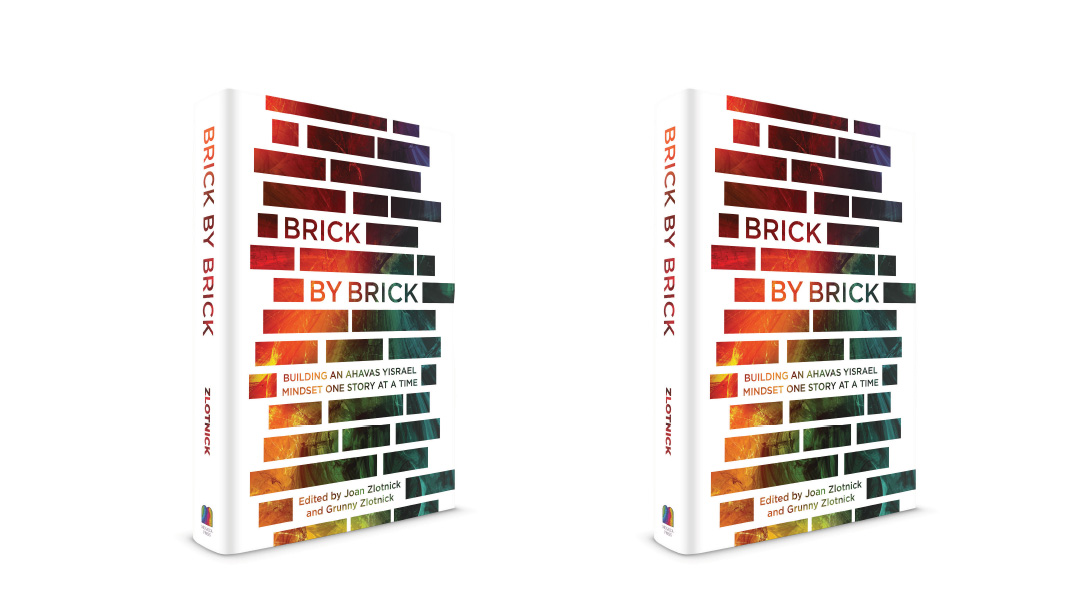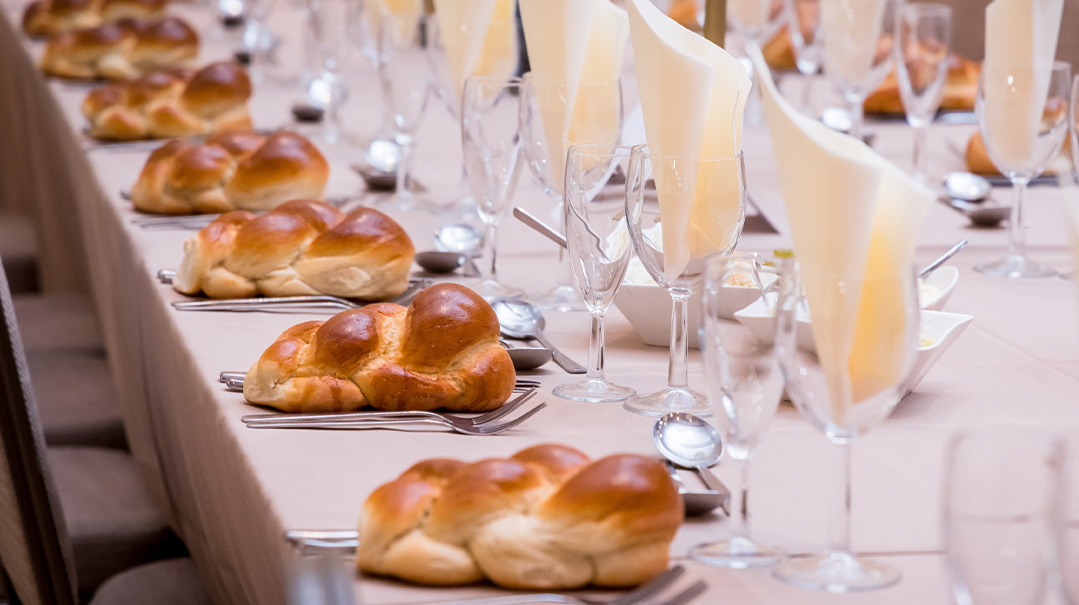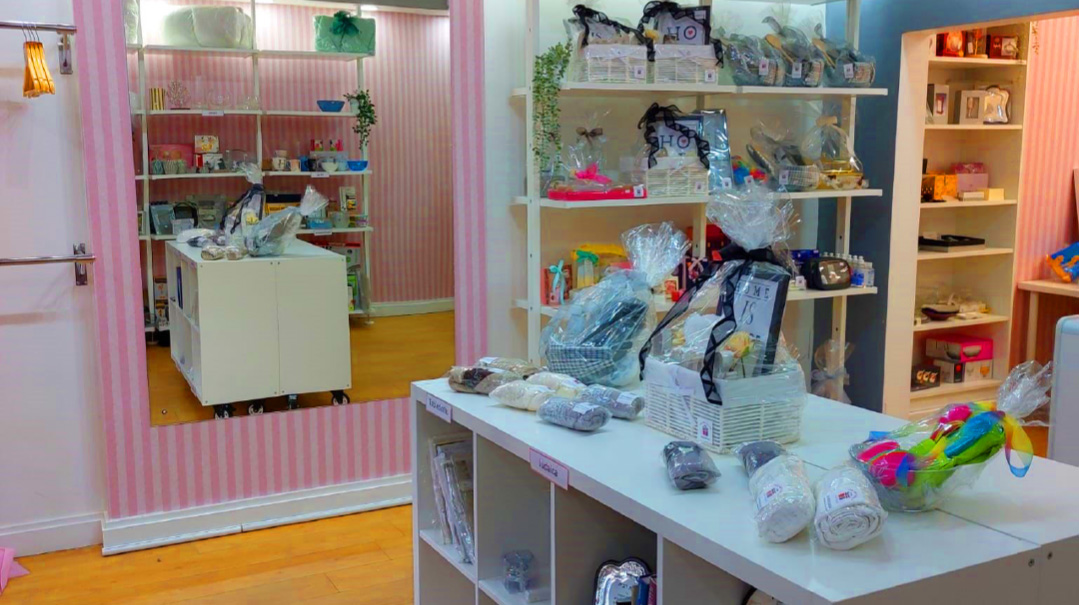Meet… Abi Katz
| March 12, 2024Abi Katz takes care of women’s gashmiyus as a clothing stylist and their ruchniyus as a popular Torah teacher

Growing up, my mom called me her “sunshine” child. I was super social, always on the phone, a walk-through-life-happy kind of kid. My home was not yeshivish, not modern, just frum. I’m the third of four siblings, and we all went to Emek, a community school in Los Angeles.
For high school, I went to Valley Torah High School. The student body at the school was more Modern Orthodox than the staff. As in, classes weren’t mixed, but it was normal for boys and girls to hang out. Halfway through high school, the socializing that was happening was out of my comfort zone. I felt like I had gained all I was going to gain in that setting, so I completed 11th and 12th grade in the same year, doing intense summer school and AP courses.
After graduating a year early, I went to Sharfman’s Seminary in Israel. During my time there, I had my first “aha” moment with Yiddishkeit, when I realized that I wanted Hashem in my life. One of my teachers was Rebbetzin Fruma Rochel Altusky, Rav Chaim Pinchas Scheinberg’s daughter, and I became very close with her. She made a tremendous impact on my life.
In my house growing up, we spoke about emunah, and that Hashem runs the world, but what I learned from Rebbetzin Altusky was next level. She showed me that Hashem isn’t just there for you in times of distress; Hashem’s everywhere all the time, in the smallest details and the biggest nisyonos, from the parking spot to the hospital room.
After my year and a half in Israel, I enrolled in Stern College in Manhattan. I majored in marketing because I’ve always been fascinated by the psychology of sales. One of my close friends was doing a joint program with the Fashion Institute of Technology, and had gotten an internship with a big designer. L.A. gets a bad rap for being so materialistic, but growing up in the Valley, I had never even heard of designer brands or Fashion Week until I got to New York City. I thought her FIT internship sounded cool and after asking her a million questions, I narrowed my major to fashion marketing.
I landed internships at Donna Karan and Tommy Hilfiger, and I worked in a different department every month. In the PR department, celebrities would come in with their stylist and ask for different “looks.” So I’d go through this huge closet of the most gloriously tailored clothes to put outfits together.
I met my husband when I was in college, and we got married the June before I finished my degree. After graduation, we moved to Passaic. My husband was in law school during the day and learning at night, so I had to figure out what to do with my life. My parents had set aside a graduate school fund, and I asked them if I could take that money and create my own clothing line.
They said yes, so at the age of 20, I hit the ground running to start my company, which I called Abigail Kate. I researched an illustrator to bring my designs to life, and hired a Korean pattern maker, sewer, and manufacturer. I rented space on 37th and 7th and I learned everything there is to know from A to Z about how to make a garment. It was better than any graduate school because I was taught by those expert craftsmen hands-on.
Once my designs came to life, I put them in a trunk and schlepped them all over the Tristate area. I made cold calls to boutiques. I went to trade shows in Atlanta and in Dallas, and I did the one at the Javits Center by myself.
My clothes were in 85 boutiques all over the country, in Canada and some in Israel, in stores like Nordstrom and also in high-end frum clothing stores. Over the eight years that I manufactured and designed women’s clothes, I learned a ton about why things look good on certain women and terrible on others. For example, some women will look good in a bias-cut skirt (where the fabric is cut on an angle); others will look better in a classic A-line. In general, unlined garments are less flattering.
After my first child was born and my husband was working as a lawyer, we moved back to L.A. I found new manufacturers and I was still running my business as a new mother, but it’s an incredibly stressful business. I was physically at home, but my mind was not at home.
Right before my son’s third birthday, I gave birth to my daughter, and I remember looking at them both and thinking about how I just wanted to focus on them instead of work. Once I came to that conclusion, I quit.
It was glorious, but I’m also a doer, and I couldn’t just sit around at home doing nothing. I needed to find something to do. Hashem took the decision out of my hands when I got a call from a woman who loved the Abigail Kate line. “I heard you’re not going forward with next season,” she said. “Do you know who sells clothes like yours?” I had no idea, but I told her that I’d search for something similar. She was my first client as a stylist. That was 16 years ago. I now have clients in L.A., New York, and Miami.
Before I shop for a client, I ask to see what’s in their closet. I need to understand their build, their vibe, their style. I ask them to show me things they love and to explain why they love it. Is it the print, the pattern, the fit, the fabric? After I gather all that data, I hit the stores.
I don’t advertise and I’m not on social media. People ask me how I can be successful in such a visual field without Instagram, but Hashem doesn’t need Instagram. I get clients through word of mouth. I don’t talk about who I work for — I think it’s extremely private how people spend their money. If clients want to tell people they use me, great, but it’s not coming from me.
My job keeps me in the fashion world, and I go to New York for Fashion Week and for every season’s new buy. I wait until the stores are about 70-80 percent full of new merchandise and then I shop for my clients. If they’re in New York, they’ll often meet me in the city to shop for the day. I do a lot of business with high-end design houses like Oscar de la Renta, Valentino, Monique Lhuillier, Carolina Herrera, and Chloe. At their fashion shows, I’m invited to sit in the front row.
As much as I love the clothes, the culture is so different. I’ve been backstage and seen major supermodels, and they’re starving and miserable, and it’s just so nebach. I’ve seen people get entrenched in the culture; they feel like dressing a certain way is going to change their life. I couldn’t work in this industry if I wasn’t constantly immersing myself in the proper mussar and hashkafah.
I also put up very strong boundaries. For instance, I constantly turn down invites to high-end fashion events in Europe because I don’t want to be around the culture any more than my business requires.
As a Torah person who has Torah in my life, I know that just because someone at Christian Dior decided that something is trendy and cool, if it goes against my values, it’s not for me or my clients. It’s such a privilege to be part of our beautiful nation and to represent Jewish women who value looking beautiful in a tzniyusdig way.
With that clear perspective, I can just enjoy the fashions. The culture doesn’t seep into my bones because I can see the sheker. I can appreciate the nice things without it being my identity. And there is a place for appreciating nice things. We don’t have to totally reject it. It’s something that Hashem put in the world for us to enjoy, as long as we put it in its place.
Just like Hashem sent me my first stylist client, Hashem also orchestrated that I should start giving Torah classes. Shortly after I moved back to L.A., a friend convinced me to join Rabbi Aryeh Nivin’s chaburah and I’ve been doing it ever since. One Chanukah, Rabbi Nivin gave a shiur about the concept of ein od milvado. I wanted to wallpaper my house with those three words. I wanted to put up signs in my closet. I wanted to live this elevated life and take what could be a monotonous religious lifestyle to the next level. I didn’t ever want to live without this G-d-centeredness. That’s when Rabbi Nivin told me that to truly acquire Torah, you must teach it.
So with his guidance and encouragement, I started teaching. Every month, I give one live class in Los Angeles. The recorded shiur is later posted onto my learning chats and sent to whomever requests them. I often talk about ein od milvado and having a yeud plan, which Rabbi Nivin speaks about a lot. Yeud means a destination. You need to have a goal in life to reach your potential. You’re not getting a second chance and you don’t want to come back for a second chance. You want to do it right the first time around.
I gave a shiur last year about how important it is to look nice. I really believe in making women look and feel bekavodig within the framework of tzniyus. There is a place to elevate everything in This World. Take a beautiful gown. We’re elevating it. We’re keeping it tzniyus, and we’re making it for the mother of the kallah to be b’simchah at her daughter’s wedding.
My classes are always 30 minutes; I never do more. I value time, I’m always in a rush, and there’s so much I need to squeeze into the day, especially now that I have five kids. It takes me about three weeks to prepare one shiur, so I can’t do it more than once a month. But I do teach a few shorter chaburahs at night; some are 15 minutes, some are five.
On top of the learning that goes into my classes, I have a set of things that I learn for myself every night. People often ask me why I commit to so much daily learning. I’m not sure if it’s conscious or subconscious, but maybe I learn so much to balance out the materialistic job that I have. But beyond that… how could I not? Our mesorah, our Torah — it’s so amazing and never ending. Everything connects. And the more I learn, the more I value and cherish the Torah life I am living.
What’s one piece of advice you like to give?
Do everything in life with the idea of staying close to Hashem.
What’s something you found particularly meaningful with your work?
Recently I had the zechus of volunteering in Israel. My friend owns a clothing store there, and she asked me to help refugee women feel special by styling them for their upcoming simchahs.
If you could have any superpower, what would it be?
To know what Hashem wants for me at every single moment so I wouldn’t make mistakes.
What’s one of your favorite seforim?
Right now, I’m learning Bilvavi Mishkan Evneh by Rabbi Itamar Schwartz for the fourth time. It’s all about dveikus.
What do you look for in a friend?
Authenticity. I cannot do fake.
(Originally featured in Family First, Issue 885)
Oops! We could not locate your form.







